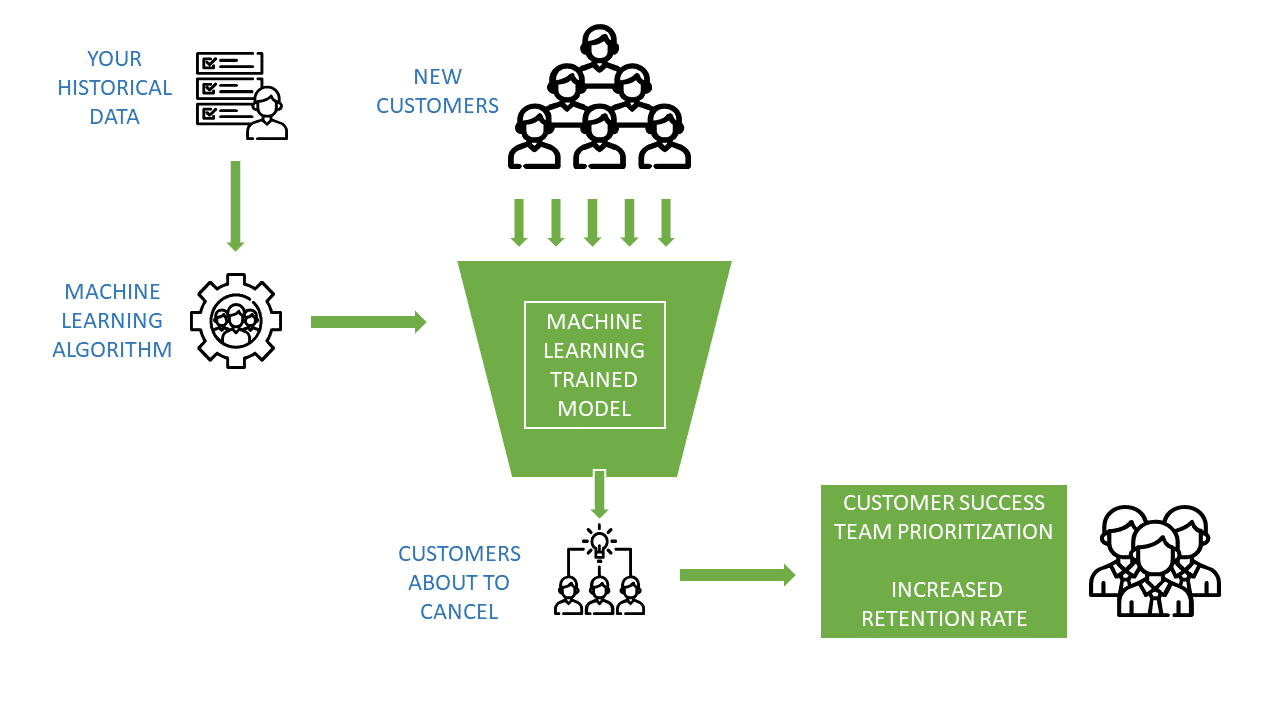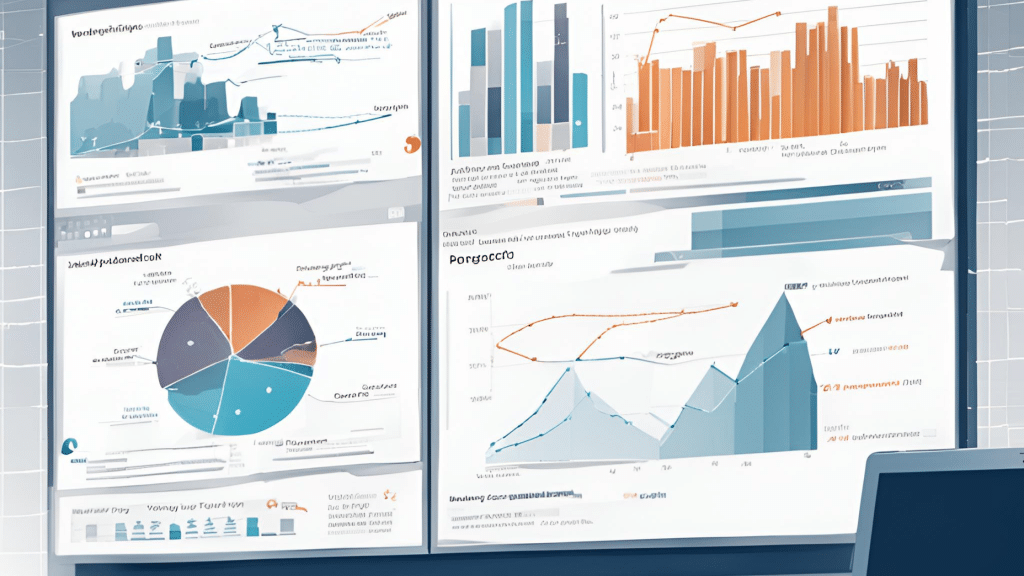Predictive analytics goes hand in hand with business intelligence (BI). It’s important to understand how predictive analytics has reshaped industries. Forecasting techniques are enhanced by predictive analytics. From financial forecasting to business forecasting, predictive analytics can enhance your BI. The forecasting process is made easier when based on predictive analytics. Various forecasting methods can be improved with predictive analytics. Your forecasting models can give you better insights using predictive analytics. Forecast models based on predictive analytics can benefit your business.
Understanding Predictive Analytics
Predictive analytics involves the use of data, statistical algorithms, and machine learning techniques to analyze historical and current data to anticipate future events or behaviors. When uncovering patterns and trends, businesses can make educated forecasts and strategic decisions, turning raw data into valuable insights. Predictive analytics enables your business to optimize operations, improve customer satisfaction, boost revenue, and gain a competitive edge. Predictive analytics has changed the way businesses operate. Predictive analytics helps you make more informed decisions for your business intelligence. Predictive analytics is not only used for business intelligence. Predictive analytics has many different use cases. Predictive analytics supports weather forecasting, predicting future weather conditions, generating a weather forecast, and making a numerical weather prediction. A numerical weather prediction tells you what temperature to expect and predictive analytics can also forecast other weather conditions. Predictive analytics supports financial forecasting, predicting future financial performance. Predictive analytics also helps supply chain management and enables you to make better business decisions. Based on past data, predictive analytics uses pattern recognition, different methods, and machine learning algorithms to help you make better business decisions. An accurate forecast helps you plan for almost any eventuality for your business.
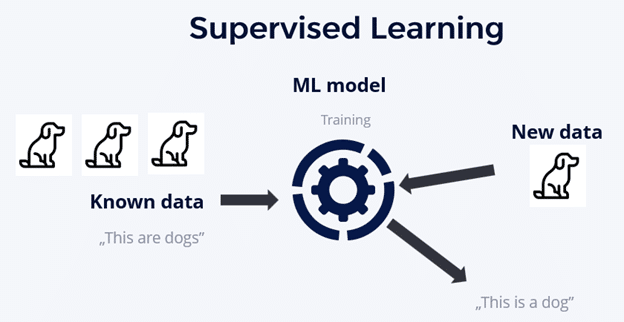
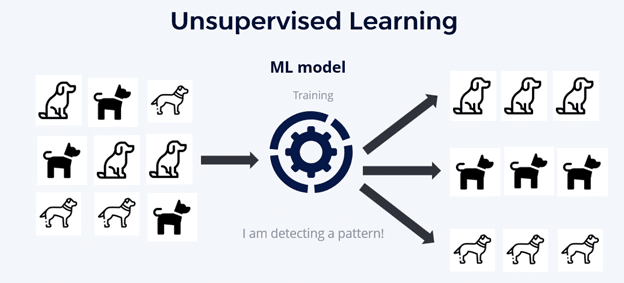
The Basics of Predictive Analytics
The predictive analytics process typically involves four key steps:
- Data Collection: Gathering relevant data from various sources, both internal and external, is the first crucial step. This data serves as the foundation for analysis and prediction. Data collection is a critical step in the predictive analytics process. It involves gathering past data from a variety of sources, such as numerical data, series data, customer databases, social media platforms, and external market research reports. The more diverse and comprehensive the data, the more accurate and reliable your predictions will be. Data collection is the starting point for predictive analytics.
- Data Preprocessing: Once the data is collected, it needs to be cleaned, organized, and prepared for analysis. This involves dealing with missing values, outliers, and other data quality issues. Data preprocessing is another important step in the predictive analytics process. It involves cleaning and organizing the data to ensure its quality and integrity. This includes removing duplicate entries, handling missing values, and dealing with outliers. By ensuring the data is clean and consistent, businesses can avoid biased or inaccurate predictions.
- Model Building: After preprocessing the data, predictive models are developed using statistical techniques and machine learning algorithms. These models are trained on historical data to identify patterns, relationships, and correlations. Using statistical techniques and machine learning algorithms, you can develop predictive models that can identify patterns and relationships in the data. Your models are trained on historical data, enabling them to learn from past experiences and make predictions on new data.
- Model Evaluation and Deployment: Once the models are built, they need to be tested and evaluated using validation datasets to ensure their reliability and accuracy. Once validated, the models are deployed to make predictions on new data. This is done by comparing the predictions made by the models with the actual outcomes. Once the models are validated, they can be deployed to make predictions on new data, helping businesses make informed decisions and take proactive actions.
The Role of Predictive Analytics in Business Intelligence
Predictive analytics empowers your business to make data-driven decisions and anticipate future outcomes. Predictive analytics helps you uncover hidden patterns, identify potential risks and opportunities, and optimize business processes. Predictive analytics enables you to identify customer preferences, forecast market trends, streamline operations, and provide personalized customer experiences.
Business intelligence turns data into actionable insights. Using predictive analytics, you can gain a competitive edge by making informed decisions based on data-driven insights. Predictive analytics helps you understand your customers better, identify market trends, and optimize operations to meet customer demands.
Predictive analytics improves your forecast accuracy. Whether its sales forecasting, demand forecasting, cash flow forecasting, or financial planning, predictive analytics can help. Predictive analytics uses large amounts of data and data points to give you accurate forecasts for your business. As a form of quantitative forecasting, predictive analytics helps you use a data-driven approach to predict future outcomes based on historical data and statistical methods. You can also use predictive analytics for demand forecasting, to manage your inventory. Predictive analytics helps you forecast customer demand, anticipate customer behavior and preferences. This empowers you to tailor products and services to meet individual customer needs. This type of personalized approach enhances customer satisfaction, boosts customer loyalty and supports customer retention.
Predictive analytics also helps you forecast market trends and identify potential risks and opportunities. Analyzing historical data and market indicators, businesses can make accurate predictions about future market conditions. Predictive analytics enables you to make proactive decisions, such as adjusting pricing strategies, launching new products, or entering new markets. Predictive analytics supports a wide range of forecasting models. These include series forecasting, time series forecasting, a qualitative forecasting method, regression analysis, and more. You can also build quantitative models using predictive analytics. Predictive analytics can use time series data and time series analysis to help you anticipate cash flow or financial conditions. Predictive analytics easily processes large amounts of data to give you key insights into your business intelligence. No matter your independent variables, predictive analytics can bolster your business intelligence.
Predictive analytics can optimize your business processes by identifying inefficiencies and bottlenecks. Analyzing data from various sources, you can identify areas for improvement and streamline your operations. This can lead to cost savings, increased productivity, and improved overall performance. Predictive analytics enables you to make data-driven decisions and anticipate future outcomes.
The Evolution of Predictive Analytics
The journey from traditional analytics to predictive analytics is marked by significant advancements in technology and the ever-increasing availability of data. While traditional analytics focuses on historical data and descriptive analysis, predictive analytics takes it a step further. Predictive analytics incorporates statistical modeling and machine learning algorithms to predict future outcomes. This shift has unlocked immense potential for you to gain deeper insights and make informed decisions in real-time. The transition from traditional analytics to predictive analytics has been driven by the need for more accurate and proactive decision-making. Using predictive analytics, you can identify potential risks and opportunities before they arise, giving you a competitive advantage.
The Impact of Technological Advancements on Predictive Analytics
Technological advancements have played a vital role in the advancement of predictive analytics. The availability of powerful computing resources, big data technologies, and cloud computing have enabled organizations to analyze massive amounts of data quickly and efficiently. Advancements in machine learning algorithms, such as deep learning and natural language processing, have enhanced the accuracy and predictive power of models.
The Impact of Technological Advancements on Predictive Analytics
Technological advancements have played a vital role in the advancement of predictive analytics. The availability of powerful computing resources, big data technologies, and cloud computing have enabled organizations to analyze massive amounts of data quickly and efficiently. Additionally, advancements in machine learning algorithms, such as deep learning and natural language processing, have enhanced the accuracy and predictive power of models. These technological developments have paved the way for more sophisticated and robust predictive analytics solutions.
The Revolution Brought by Predictive Analytics in BI
Predictive analytics has opened up new possibilities for data-driven decision-making. Let’s explore two key areas where predictive analytics has had a significant impact.
Enhancing Decision Making with Predictive Analytics
Predictive analytics empowers you to make informed decisions based on data-driven insights. Using historical and real-time data, predictive analytics models can identify patterns, detect anomalies, and forecast future trends. This enables you to optimize your decision-making processes, anticipate market changes, identify new business opportunities, and mitigate potential risks.
Predictive Analytics and Risk Management
Risk management is a critical aspect of every business strategy. Predictive analytics enhances risk management practices by identifying potential risks and predicting their likelihood of occurrence. Analyzing historical data and external factors, predictive analytics models can assess risks, develop risk mitigation strategies, and help you proactively manage uncertainties.
The Future of Predictive Analytics in BI
Emerging Trends in Predictive Analytics
Predictive analytics is at the forefront of technological advancements and rapidly evolving trends. Some of the emerging trends that will shape the future of predictive analytics include:
- Deep Learning and Neural Networks: Deep learning techniques, such as neural networks reshape predictive analytics by enabling more accurate predictions and insights from unstructured data.
- Real-time Analytics: The ability to analyze data in real-time opens up opportunities for instant decision-making, empowering you to respond swiftly to changing market conditions and customer demands.
- Explainable AI: As predictive analytics becomes more sophisticated, the need for transparency and explainability in AI algorithms becomes paramount. Explainable AI ensures that predictions and decisions can be easily understood and trusted.
- Prescriptive Analytics: Prescriptive analytics takes predictive analytics a step further by predicting future outcomes and providing recommendations and actionable insights on how to achieve your desired outcomes.
Challenges and Opportunities for Predictive Analytics in BI
While the future of predictive analytics in BI is promising, it also presents a set of challenges and opportunities. Data quality, privacy concerns, and the need for skilled data scientists are some of the challenges organizations may face. Addressing these challenges presents an opportunity for your business to invest in data governance, adopt ethical AI practices, and upskill their workforce.
Predictive analytics ushers in a new era of innovation in business intelligence. As you look towards using predictive analytics, tools like Graphite Note, a no-code predictive and prescriptive analytics tool, can prove immensely helpful. Graphite Note empowers business users and data enthusiasts to build and deploy predictive models without the need for extensive coding knowledge.
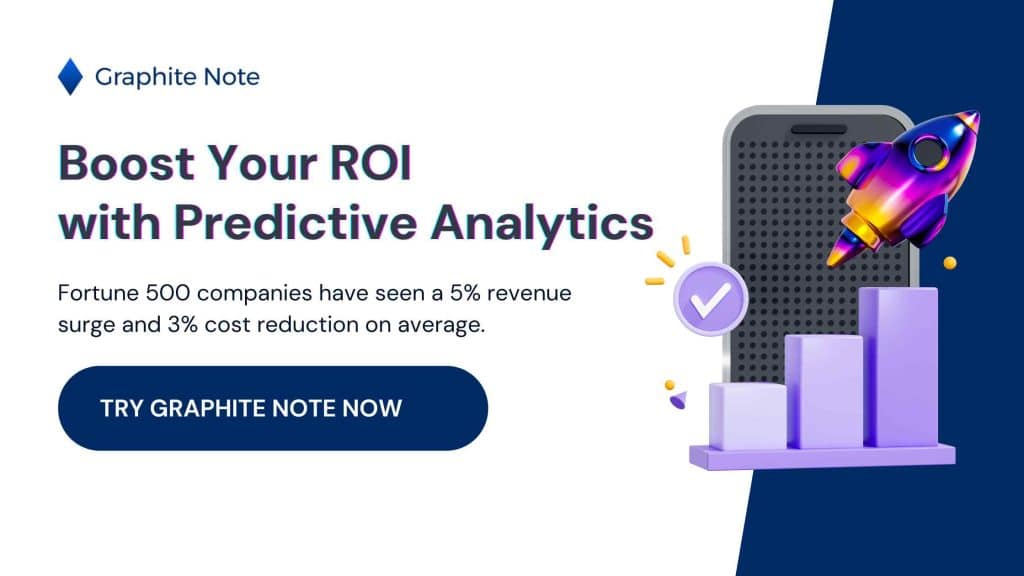
With Graphite Note, datasets of various types, such as customer data, sales data, and financial data, can be used to develop ML models that predict customer behavior, identify market opportunities, and optimize business processes. Graphite Note enables organizations to unlock the true potential of their data and drive data-driven decision-making.

